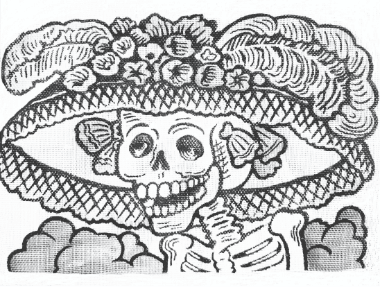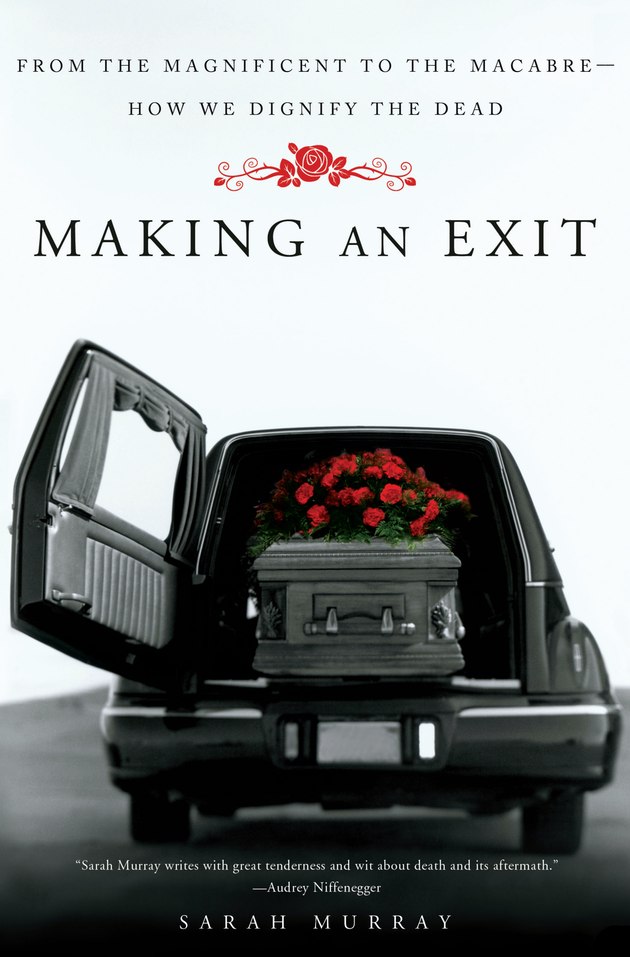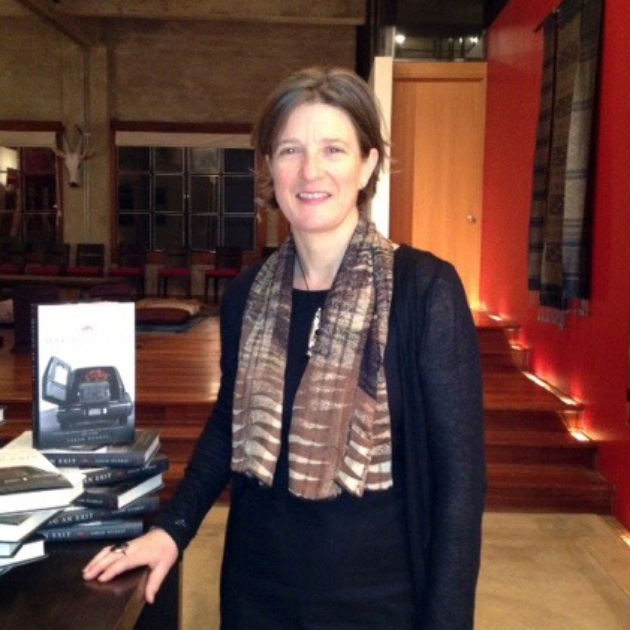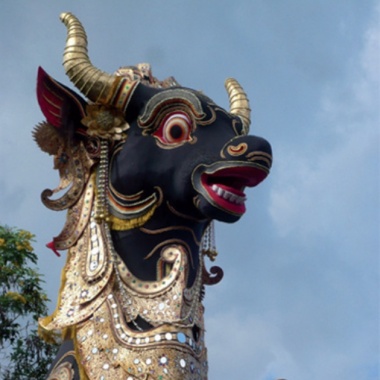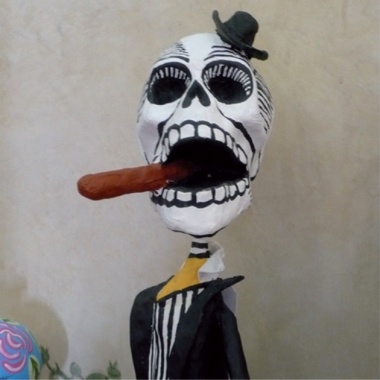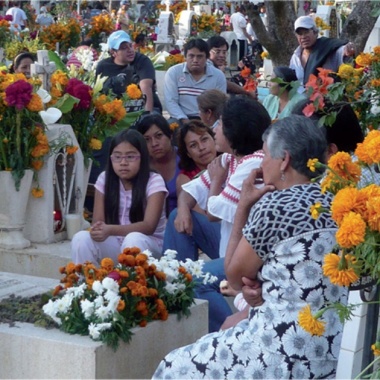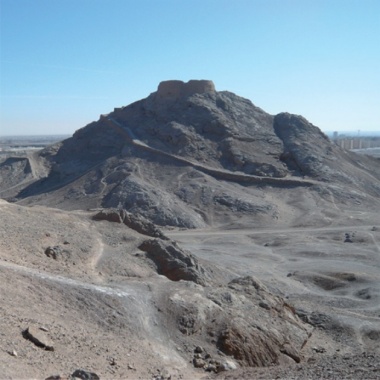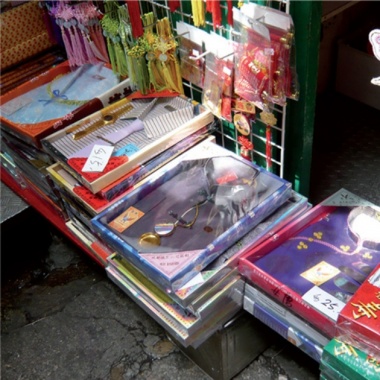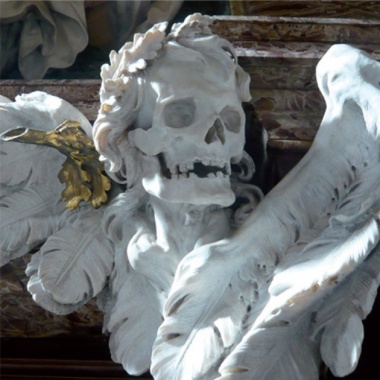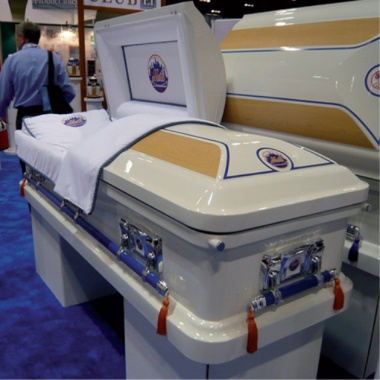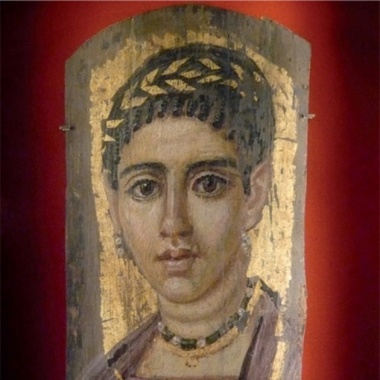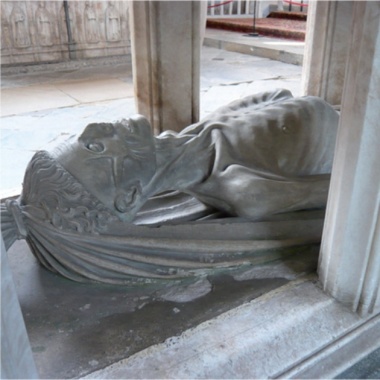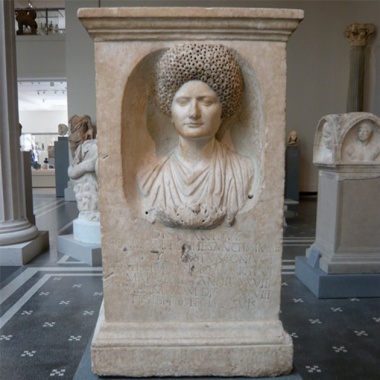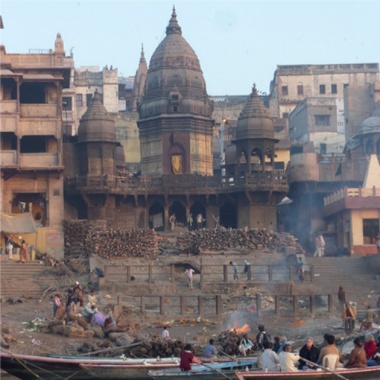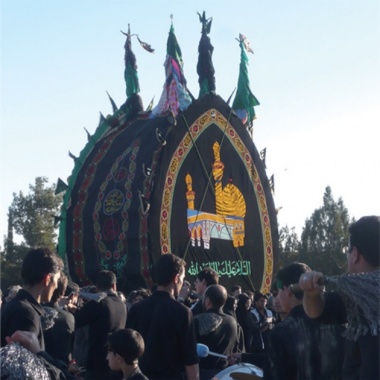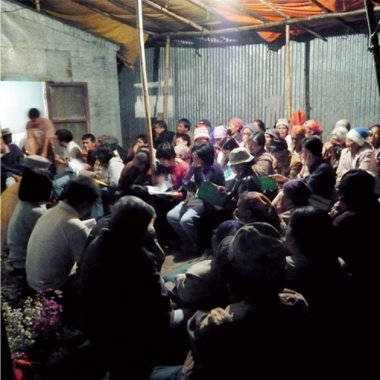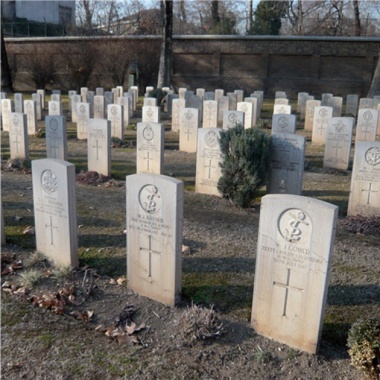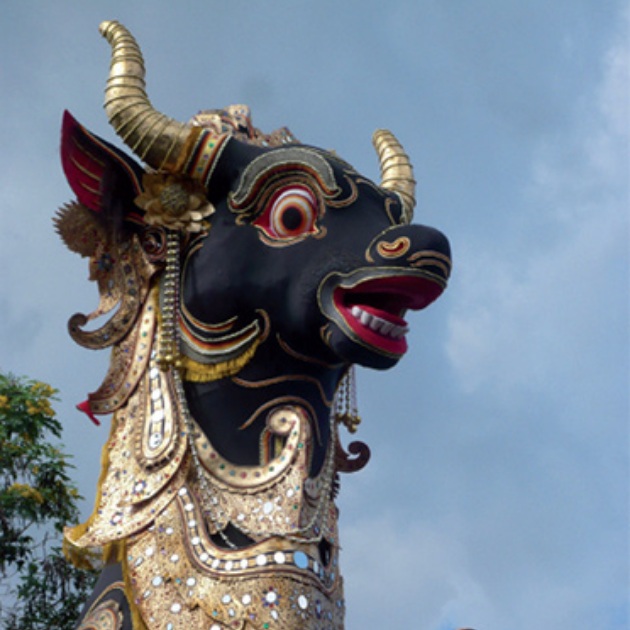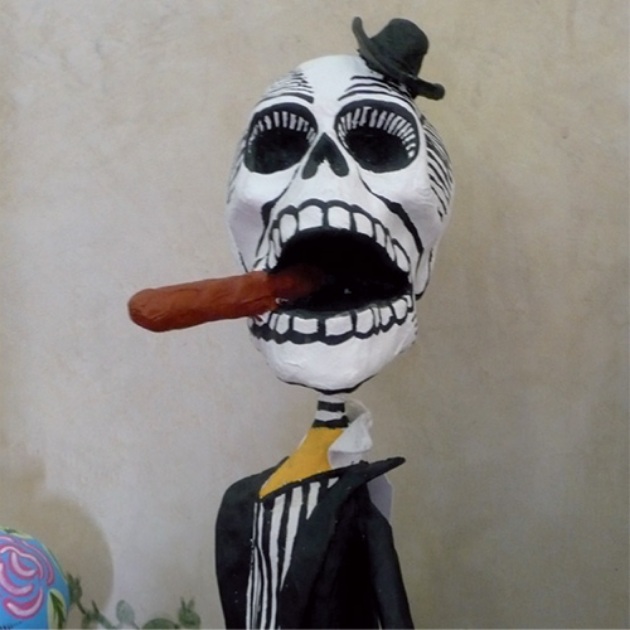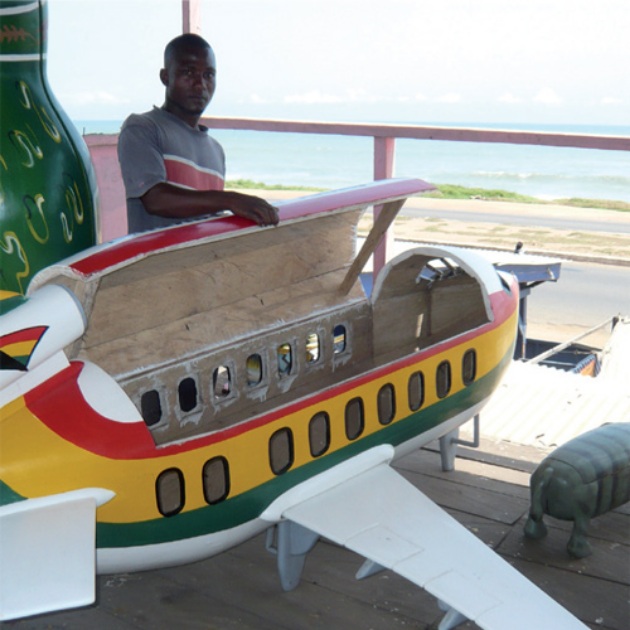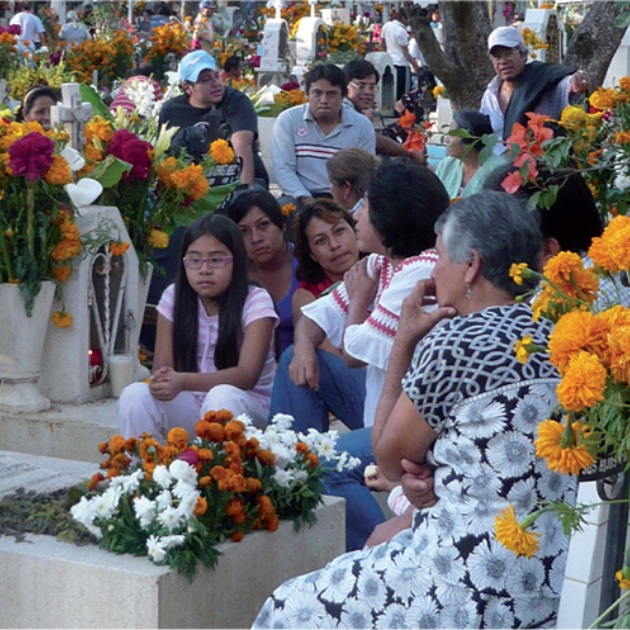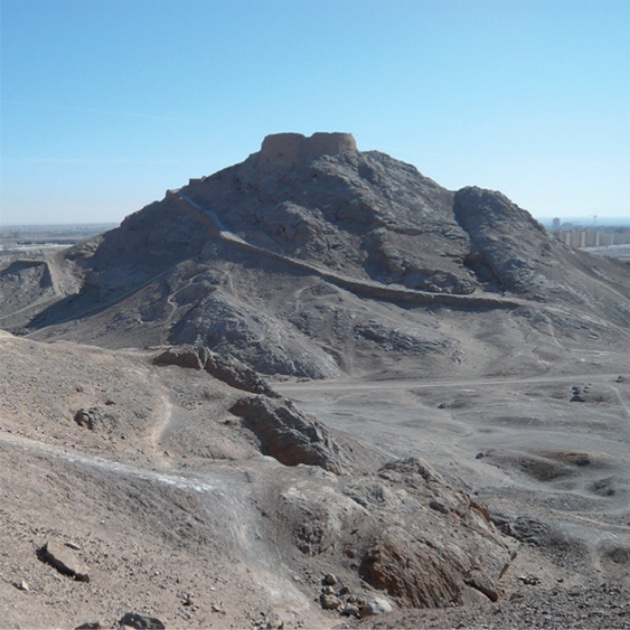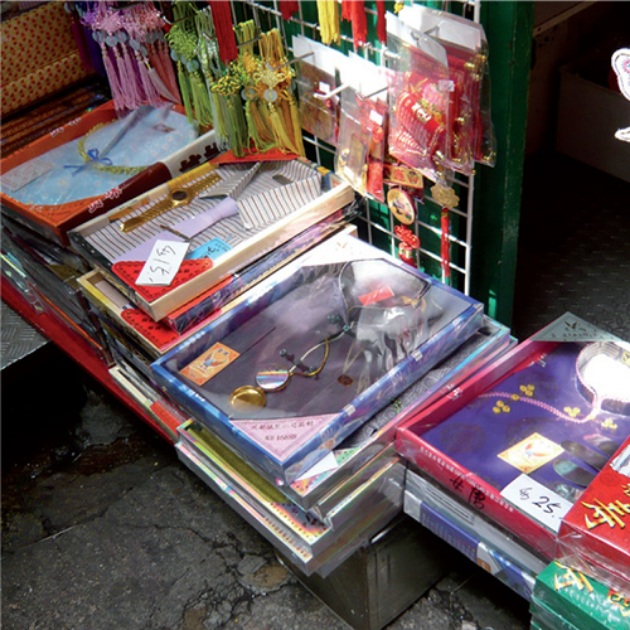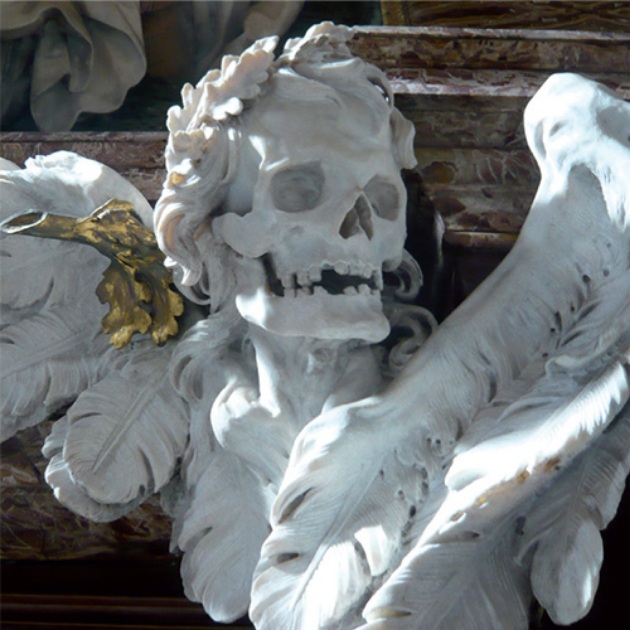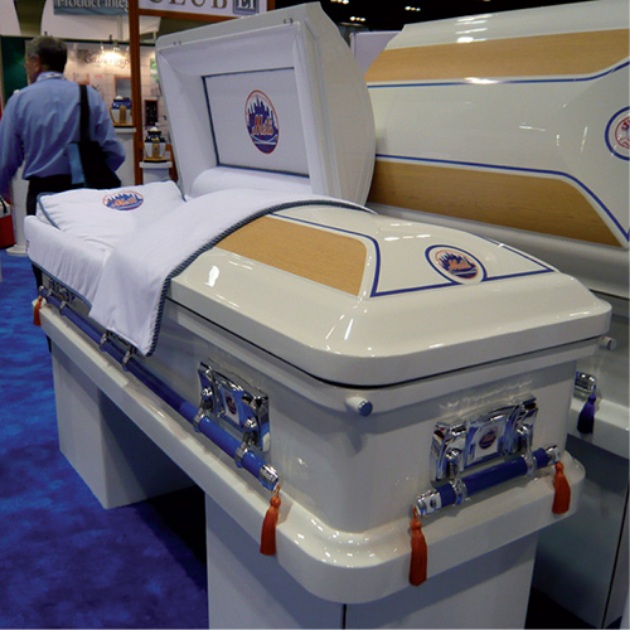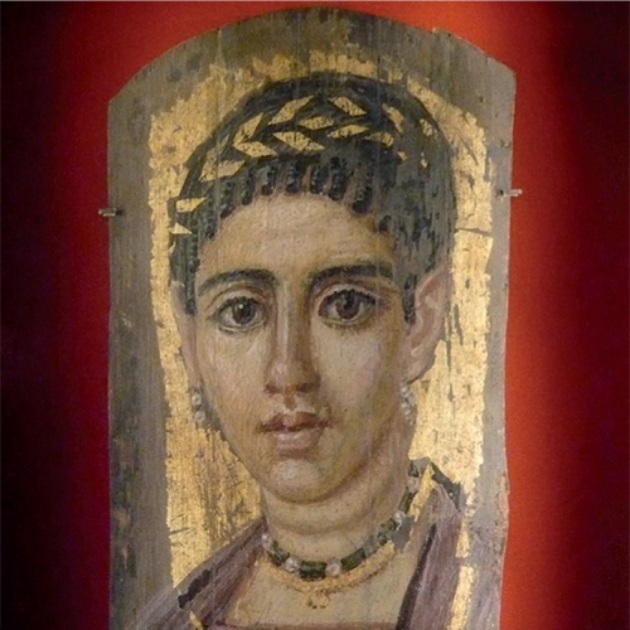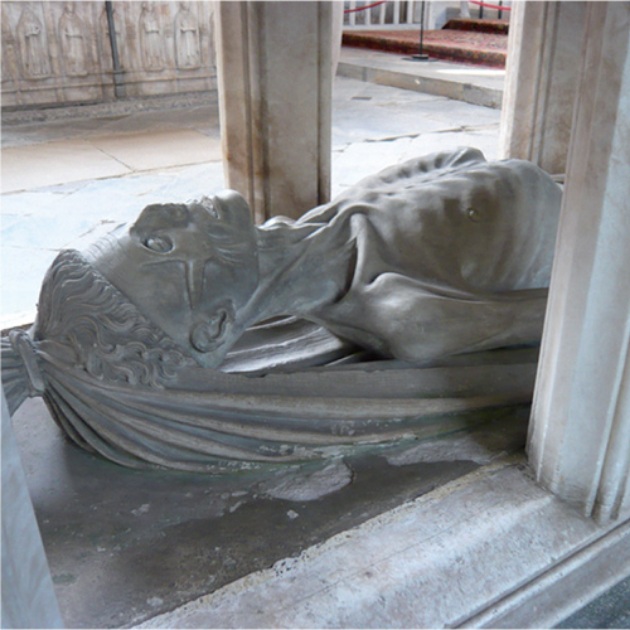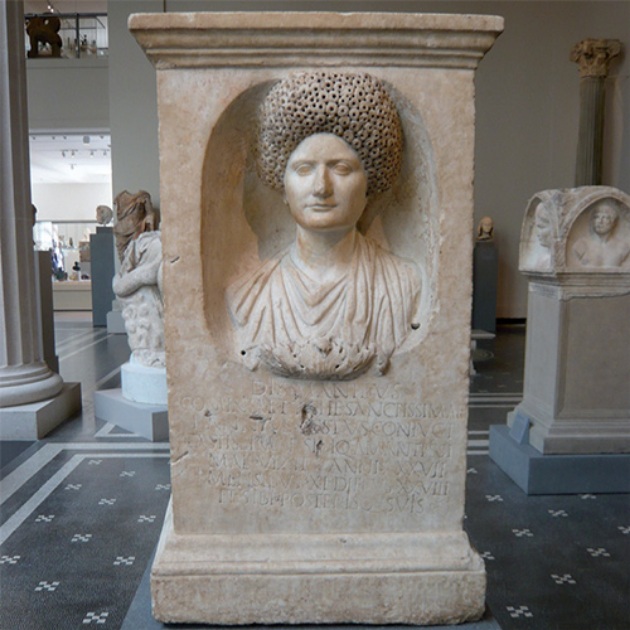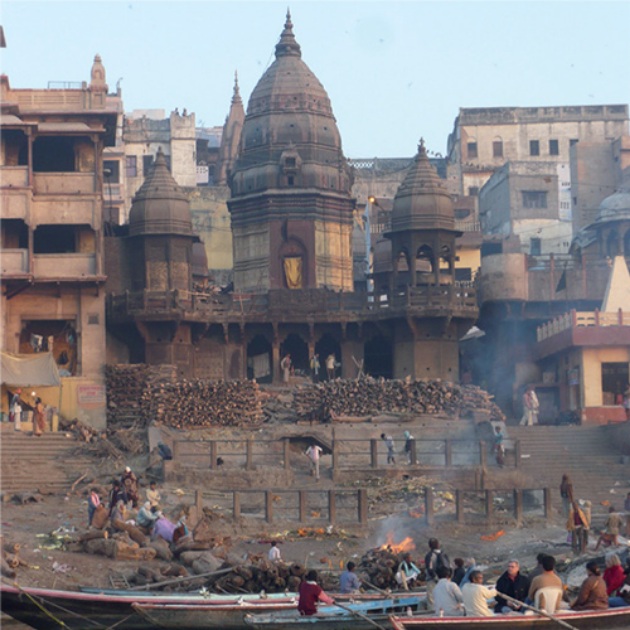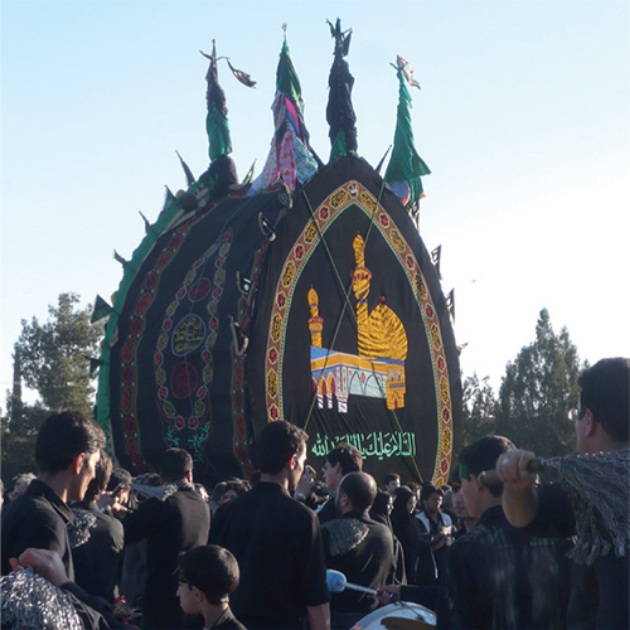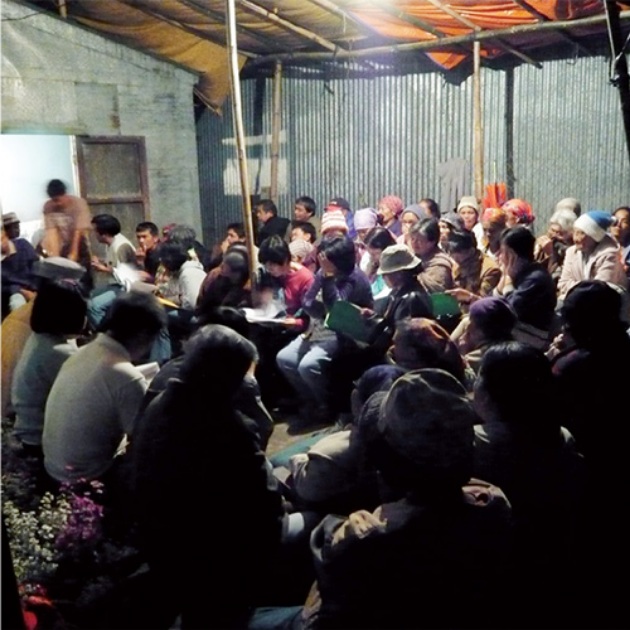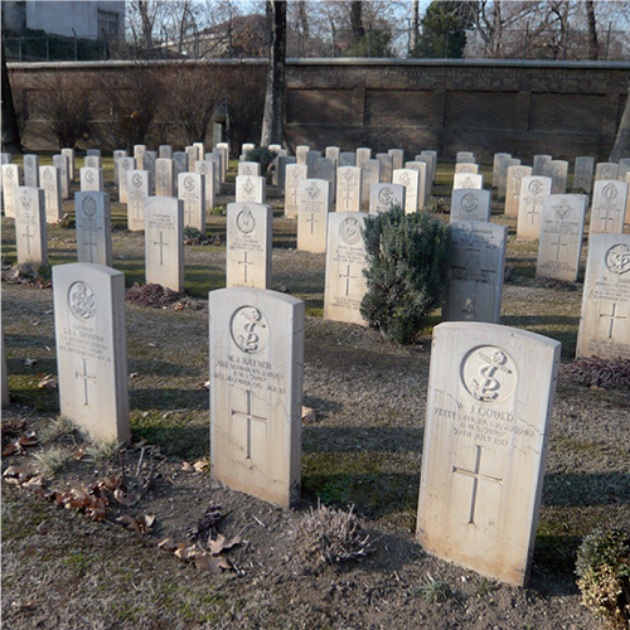Making an Exit
Writer and journalist Sarah Murray never gave much thought of what might ultimately happen to her remains. That was until her father died. Puzzled by the choice he made for the disposal of his “organic matter,” she set off on a series of voyages to discover how death is celebrated and commemorated in different cultures. Her accounts of these journeys are engaging, poignant, and funny. But this is also a very personal quest – for on her travels, Murray is seeking inspiration for her own eventual send-off.
“An Eat, Pray, Love for the afterlife … Murray tackles an uncomfortable subject with sensitivity, humor and great insight.” - The Washington Post
"A fascinating travelogue, but also a personal meditation on loss and fate." - The Economist
“Brilliant … I was transfixed by this oddly life-enhancing book.” - Daily Mail
“Murray handles her subject sensitively; Making an Exit is witty without being frivolous, moving without being mawkish.” - Financial Times
“Difficult to put down … with Murray at the helm, this journey in search of death is full of life.” - Publishers Weekly
More About This Book
Making An Exit is Sarah’s personal exploration of the extraordinary creativity unleashed when we seek to dignify the dead. Along the way, she encounters everything from a Balinese royal cremation and Mexico’s Day of the Dead celebrations to a Czech chandelier made from human bones, a weeping ceremony in Iran and a Philippine village where the casketed dead are left hanging in caves. She even goes to Africa to commission her own Ghanaian coffin.
- Listen to Sarah talking about the book to BBC's Radio's Sandi Toksvig on the Excess Baggage show.
- Watch Sarah as she steps into her Ghanaian coffin for the first time.
- Read Sarah's in-depth article for Prospect magazine about our complex relationship with the remains of the dead.
- Read Sarah's Guardian feature about female undertakers.
